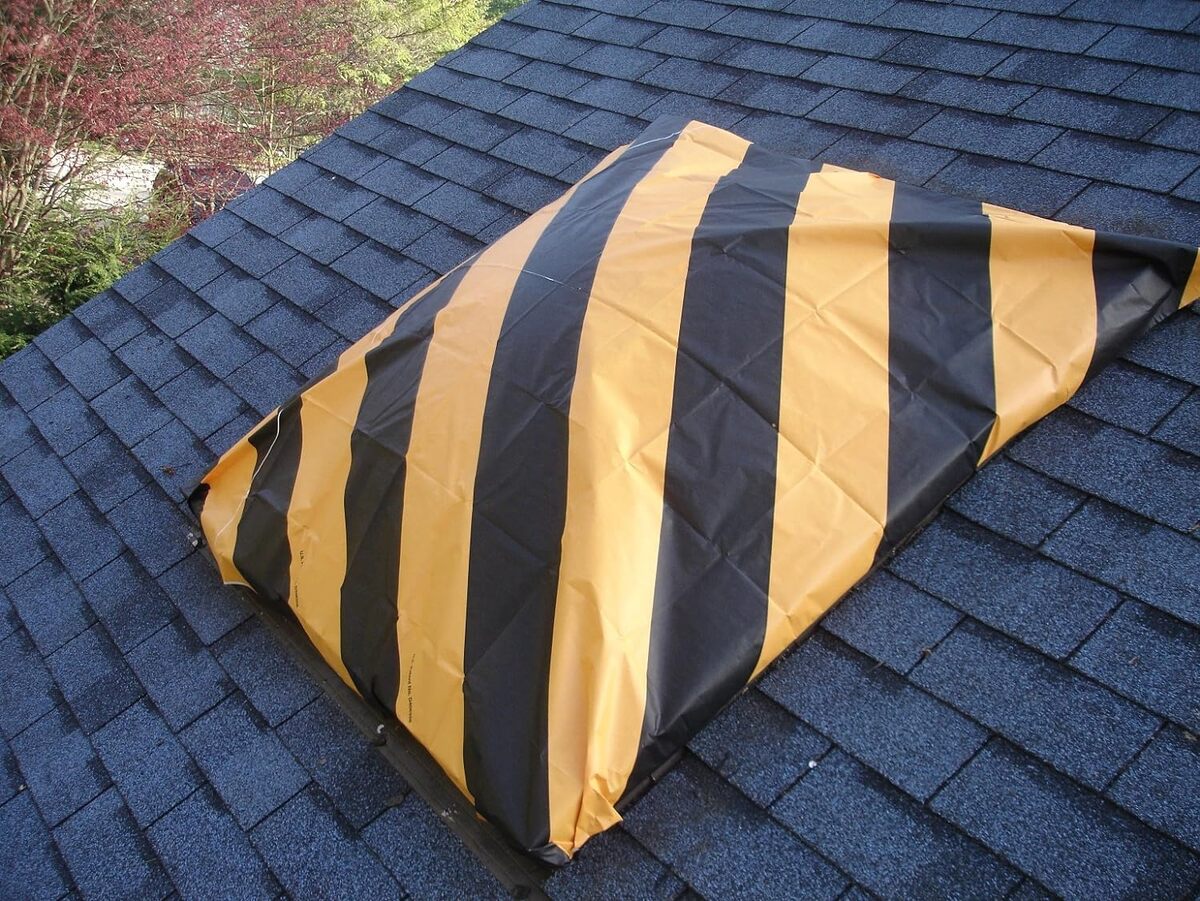

Articles
How To Block Skylight Light
Modified: February 23, 2024
Learn how to effectively block skylight light with these articles. Discover tips and techniques to create a darker atmosphere.
(Many of the links in this article redirect to a specific reviewed product. Your purchase of these products through affiliate links helps to generate commission for Storables.com, at no extra cost. Learn more)
Introduction
Welcome to our guide on how to block skylight light. Skylights are a wonderful addition to any home, providing natural light and a unique architectural element. However, there are times when you may want to block or reduce the amount of light that enters through your skylight. Whether you are looking to create a darker room for better sleep, reduce glare on your TV or computer screen, or simply want more control over the amount of natural light in your space, we have you covered.
Understanding the behavior of skylight light is key to effectively blocking it. Skylights are designed to allow light to enter from above, which means they can illuminate a room differently compared to windows. The angle and position of a skylight can result in direct sunbeams or intense brightness, which might be desirable in some situations but not in others.
The importance of blocking skylight light varies depending on your needs and preferences. Some people may want to create a blackout effect to completely darken a room, while others may simply want to reduce the intensity of the light. Whatever your goal, there are various methods and options available to help you achieve it.
In this article, we will explore different methods that can be used to block skylight light. These methods range from installing skylight covers and window film to using blackout shades, light-blocking curtains, and more. Whether you are looking for a temporary solution or a more permanent fix, there is an option that will suit your needs.
Now that you understand the purpose and importance of blocking skylight light, let’s dive into the specific methods and options available. By the end of this guide, you will have a range of solutions to choose from, allowing you to create the perfect lighting environment in your home.
Key Takeaways:
- Create the Perfect Lighting Environment
Understand the behavior of skylight light and choose from a range of methods such as skylight covers, window film, blackout shades, and more to effectively block or control natural light, creating the ideal ambiance in your home. - Enhance Comfort and Energy Efficiency
By blocking skylight light, you can improve visual comfort, protect furnishings, and contribute to energy efficiency. Explore versatile options like light-blocking blinds, window tinting, and Velux blinds to achieve the perfect balance of light control and privacy.
Read more: How To Block Heat From Skylight
Understanding Skylight Light
Skylights are designed to bring natural light into a space, creating a bright and airy atmosphere. However, depending on the angle and position of the skylight, it can also lead to challenges with excessive light, heat, and glare. Understanding how skylight light behaves will help you better navigate the options for blocking or controlling it.
Skylight light follows a different trajectory than light entering through windows. It enters from above, casting light downward onto the room below. This unique direction of light can create challenges in terms of illumination, heat transfer, and glare. Understanding these factors will allow you to effectively address them when blocking skylight light.
One of the primary considerations when dealing with skylight light is the angle at which it enters. The angle can vary depending on the orientation and pitch of the skylight. A steeply pitched skylight will allow less direct light to enter, while a shallower pitch will allow more light to penetrate. The orientation of the skylight in relation to the sun’s path throughout the day will also impact the amount and intensity of light it lets in.
The position of the skylight in the room is another important factor to consider. Skylights positioned directly above a room’s focal points, such as seating areas or workspaces, can result in unwanted glare. This can make it challenging to comfortably or efficiently use these spaces during periods of intense sunlight.
Another aspect of skylight light to consider is the potential for heat transfer. Skylights can allow not only light but also heat to enter a room. During hot summer months, this can result in increased energy usage to cool the space. Blocking skylight light can help reduce the amount of heat that enters, making your space more energy-efficient and comfortable.
Understanding how skylight light behaves in your home will help you identify the areas where you need to block or control it. Whether it’s excessive brightness, glare, or heat, knowing the specific challenges you face will guide you in choosing the most effective methods and solutions.
Importance of Blocking Skylight Light
The importance of blocking skylight light can vary depending on individual needs and preferences. There are several reasons why you might want to block or reduce the amount of light that enters through your skylight.
One of the main reasons to block skylight light is to create a darker room environment. This can be particularly useful in bedrooms, especially for those who are sensitive to light when sleeping. Blocking skylight light can help create a conducive environment for better sleep, allowing you to rest more comfortably and wake up feeling refreshed.
Another reason to block skylight light is to reduce glare. Skylights positioned directly above workspaces or areas where you use electronic devices, such as a TV or computer screen, can create intense glare. This glare can be irritating and make it difficult to see screens or carry out tasks effectively. By blocking or controlling skylight light, you can minimize glare and create a more comfortable and productive space.
Blocking skylight light can also help protect your furniture, flooring, and artwork from the damaging effects of UV rays. Over time, prolonged exposure to sunlight can cause fading and discoloration. By reducing the amount of sunlight entering through your skylight, you can extend the lifespan and preserve the aesthetic appeal of your interior furnishings.
In addition to these practical reasons, blocking skylight light can also contribute to energy efficiency. Skylights, especially those without proper shading or coverings, can allow heat to enter the room. This can lead to increased energy usage as your cooling system works harder to maintain a comfortable temperature. By effectively blocking skylight light, you can reduce heat transfer and make your space more energy-efficient.
Overall, the importance of blocking skylight light lies in its ability to create a more comfortable, functional, and visually pleasing environment. From promoting better sleep to reducing glare, protecting your belongings, and improving energy efficiency, blocking skylight light offers numerous benefits for those seeking control over their indoor lighting conditions.
Methods to Block Skylight Light
When it comes to blocking skylight light, there are several methods and options available. The choice of method will depend on factors such as the desired level of light control, budget, ease of installation, and aesthetic preference. Here are some popular methods to consider:
- Installing Skylight Covers: Skylight covers are specifically designed to block or filter light. They can be made of materials such as fabric, plastic, or metal, and are custom-fit to your skylight. Skylight covers can be manually operated or motorized for convenience.
- Using Window Film: Window film is a cost-effective option for blocking skylight light. It is a thin, adhesive film that can be applied directly to the skylight glass. Window film comes in various shades, allowing you to choose the level of light filtration that suits your needs.
- Installing Blackout Shades: Blackout shades are designed to block out light completely. They can be installed beneath or on top of the skylight and are operated with a manual or motorized system. Blackout shades are ideal for those who want to create a dark environment, such as for a bedroom or home theater.
- Using Light-blocking Curtains or Drapes: Light-blocking curtains or drapes are a versatile option for blocking skylight light. They can be made of dense, light-blocking fabric and come in various styles and designs. Curtains or drapes can be easily opened or closed to control the amount of light entering through the skylight.
- Applying Window Tinting: Window tinting can be applied to the skylight glass to reduce the amount of light and heat that enters. Tinting films come in different shades and can effectively block a certain percentage of light while still allowing visibility. Window tinting is a durable and long-lasting solution.
- Utilizing Light-blocking Blinds or Shutters: Light-blocking blinds or shutters are an excellent option for controlling skylight light. They can be made of materials such as wood, vinyl, or aluminum, and can be adjusted to allow the desired amount of light in. Blinds or shutters offer privacy and can enhance the overall look of your skylight.
- Installing Velux Blinds: Velux blinds are specifically designed for Velux skylights. They come in various styles, including blackout, light-filtering, and Venetian blinds. Velux blinds are easy to install and operate, providing flexibility in light control.
These methods offer a range of solutions to block or control skylight light. Depending on your preferences and specific needs, you can choose the method that best suits your requirements. Whether you want to create a dark room, reduce glare, protect your belongings, or improve energy efficiency, there is a method available to help you achieve your desired lighting environment.
Option 1: Installing Skylight Covers
Skylight covers are a popular and effective method for blocking skylight light. They are specifically designed to fit over your skylight and provide control over the amount of light that enters your space. Installing skylight covers offers several benefits, including light filtration, heat reduction, and improved energy efficiency.
Skylight covers come in various materials, such as fabric, plastic, or metal. They can be custom-made to fit your skylight dimensions precisely. The covers can be manually operated with handles or cords, or they can be motorized for convenience.
When it comes to light filtration, skylight covers offer different options. You can choose covers that block out light completely, creating a dark environment. These are particularly useful for bedrooms, home theaters, or spaces where you want complete darkness. On the other hand, if you don’t want to block out all the light, you can opt for covers that filter the light and reduce glare, while still allowing some natural illumination.
In addition to light control, skylight covers also provide heat reduction. Skylights can allow significant amounts of heat to enter your space, leading to increased energy consumption for cooling. By installing skylight covers, you can effectively reduce the heat transfer and make your room more comfortable. This helps in saving energy and lowering utility bills.
Another advantage of skylight covers is the improved energy efficiency they offer. By blocking or reducing the amount of skylight light entering your space, you can minimize the need for artificial lighting during the day. This can result in energy savings and a reduced environmental impact.
Installing skylight covers is a relatively straightforward process. The covers are custom-made to fit your skylight, ensuring a seamless and precise fit. Depending on the type of cover, installation can involve securing the cover to the skylight frame or attaching it to a track system. If you opt for motorized covers, a professional installation may be required to ensure proper functioning.
Overall, installing skylight covers is an effective solution for blocking or controlling skylight light. Whether you are looking to create a dark room for better sleep, reduce glare, or improve energy efficiency, skylight covers offer a practical and customizable option. Consider consulting with a professional to help you choose the right type of skylight cover and ensure a proper installation for optimal results.
Read more: 15 Ways To Increase Natural Light At Home
Option 2: Using Window Film
Another popular method for blocking skylight light is by using window film. Window film is a cost-effective and versatile solution that can be applied directly to the skylight glass to reduce the amount of light that enters your space.
Window film comes in various shades and levels of light filtration, allowing you to choose the right option for your needs. It is a thin, adhesive film that can be easily installed on the skylight surface. The film is designed to block or filter out a portion of the incoming light, reducing glare and creating a more comfortable environment.
One advantage of using window film is its ability to filter harmful UV rays. Window film can block up to 99% of UV rays, providing protection for your skin and reducing the fading and damage caused by prolonged exposure to sunlight. This is especially important if you have valuable furniture, flooring, or artwork that could be affected by UV damage.
Window film not only blocks UV rays but also helps to regulate the transmission of heat. It can reduce heat transfer through the skylight, keeping your space cooler during hot summer months. This can result in energy savings and a more comfortable living environment.
Installing window film is a straightforward process that can be done by following the manufacturer’s instructions. It typically involves thoroughly cleaning the skylight glass, measuring and cutting the film to fit the dimensions of the skylight, and carefully applying it to the glass surface. It’s important to ensure a smooth and bubble-free application for optimal results.
One of the advantages of using window film is that it is a temporary solution. If you decide to change the level of light filtration or remove the film altogether, it can be easily peeled off without causing damage to the skylight glass. This flexibility allows you to experiment with different options until you find the perfect level of light control for your space.
Overall, using window film is an effective and flexible option for blocking skylight light. It offers the advantages of light filtration, UV protection, and heat reduction. Consider exploring the different shades and levels of light filtration available to find the window film that best suits your needs and preferences. Proper installation and periodic maintenance will ensure that the window film continues to provide the desired light control and protection for your space.
Install blackout shades or curtains specifically designed for skylights to block out unwanted light. These shades can be easily operated with a remote control for convenience.
Option 3: Installing Blackout Shades
If you’re looking to create a completely dark environment, installing blackout shades is an excellent option for blocking skylight light. Blackout shades are specifically designed to block out all or most of the light that enters your space, allowing you to control the level of brightness and create a sleep-friendly or glare-free environment.
Blackout shades are available in various styles and materials, including roller shades, cellular shades, or roman shades. They are made with light-blocking fabrics that prevent light from passing through, even when the skylight is directly overhead.
One key benefit of blackout shades is their ability to provide complete darkness. This makes them an ideal choice for bedrooms, nurseries, or home theaters where you want to eliminate outside light sources. By installing blackout shades on your skylight, you can effectively block out sunlight during the day, creating a restful and peaceful environment for sleep or entertainment.
Along with blocking light, blackout shades also have the added advantage of insulating your space. The thick, light-blocking fabric helps to reduce heat transfer, keeping your room cooler in the summer and preventing heat loss in the winter. This can contribute to energy savings and create a more comfortable living environment throughout the year.
Installing blackout shades on skylights can be done in a similar way to regular window shades. Depending on the type of shade chosen, it may involve mounting brackets or tracks to the skylight frame or attaching the shade directly to the skylight itself. Motorized options are also available for easy operation, especially for skylights that are out of reach.
It’s worth noting that proper measuring and installation are crucial to ensure a precise fit and maximum light-blocking performance. Custom-made blackout shades can be tailored to the specific dimensions of your skylight, ensuring a snug fit that minimizes light leakage.
Overall, installing blackout shades on your skylight offers a reliable and effective solution for blocking skylight light. Whether you want to create a dark room for better sleep or eliminate glare in a home office, blackout shades provide the flexibility and control you need. Consider consulting with a professional to assess your skylight and guide you in selecting the right blackout shade style and installation method for optimal light-blocking results.
Option 4: Using Light-blocking Curtains or Drapes
If you’re looking for a versatile and stylish option to block skylight light, using light-blocking curtains or drapes is a fantastic choice. These window treatments not only add a touch of elegance to your space but also provide effective light control and privacy.
Light-blocking curtains or drapes are made of thick, light-blocking fabrics that are specifically designed to block out light. They offer a range of benefits, including light filtration, glare reduction, and insulation.
One of the main advantages of using light-blocking curtains or drapes is their ability to filter and block out light effectively. The dense fabric blocks most of the sunlight, reducing the amount of light that enters your space through the skylight. This ensures privacy and allows you to control the level of brightness and create a more comfortable environment, especially in rooms where you want to limit outside light sources.
Light-blocking curtains or drapes are also effective at reducing glare. Skylights positioned directly above workspaces or areas where you use electronic devices can create intense glare, making it challenging to focus or carry out tasks effectively. By using light-blocking curtains or drapes, you can minimize glare and create a more comfortable and productive space.
In addition to light control, these curtains or drapes also provide insulation benefits. The thick fabric helps to regulate the temperature in your space by minimizing heat transfer through the skylight. This can contribute to energy savings and create a more comfortable environment by keeping your room cooler in the summer and preventing heat loss in the winter.
Light-blocking curtains or drapes come in various styles, designs, and colors, allowing you to find the perfect fit for your interior décor. You can choose from a wide range of options, including different lengths, pleats, and hardware, to complement your overall aesthetic and achieve the desired light-blocking effect.
Installation of light-blocking curtains or drapes on skylights can be done by utilizing curtain rods or tracks. Ensure that the curtains or drapes are properly measured and fitted to minimize any light leakage. Some skylights may require professional installation due to their height or positioning.
Overall, using light-blocking curtains or drapes is a versatile and effective solution for blocking skylight light. With their ability to filter light, reduce glare, and provide insulation benefits, they offer both practicality and style. Explore the wide range of options available to find the perfect light-blocking curtains or drapes that suit your taste and achieve the desired ambiance in your space.
Option 5: Applying Window Tinting
Window tinting is a popular and effective option for blocking skylight light while maintaining visibility and preserving the aesthetics of your skylight. It involves applying a thin, adhesive film to the skylight glass that helps reduce the amount of light and heat that enters your space.
Window tinting comes in various shades, from light to dark, allowing you to choose the level of light filtration that suits your needs. The tinting film is designed to block a certain percentage of light while still allowing visibility from the inside, allowing you to maintain a sense of connection with the outdoors.
One of the main benefits of applying window tinting is its ability to block harmful UV rays. The film can block up to 99% of UV rays, protecting you and your furniture, flooring, and artwork from the damaging effects of prolonged sun exposure.
In addition to UV protection, window tinting also helps to regulate the transmission of heat. By blocking a portion of the sun’s heat, it reduces the amount of heat that enters your space through the skylight. This can contribute to energy savings and create a more comfortable indoor environment, especially during hot summer months.
Applying window tinting is a fairly straightforward process, but it requires precision and attention to detail to ensure a smooth and bubble-free application. Thoroughly clean the skylight glass before applying the tinting film, and carefully measure and cut the film to fit the dimensions of the skylight. Smooth out any air bubbles or creases during the application process to ensure optimal performance.
One of the advantages of window tinting is its durability. Once applied, the tinting film can withstand daily wear and tear, including exposure to sunlight and cleaning. This makes it a long-lasting solution for blocking skylight light.
It’s important to note that window tinting is a semi-permanent solution. While the film can be removed if needed, it may leave residue on the skylight glass. Therefore, it’s recommended to consult with a professional window tinting service to ensure proper installation and removal, if necessary.
Overall, applying window tinting is an effective option for controlling skylight light while preserving visibility and protecting your space. With its ability to block UV rays, regulate heat, and provide long-term performance, window tinting offers a durable and practical solution for those seeking light control and privacy.
Read more: How To Block Light From The Top Of Curtains
Option 6: Utilizing Light-blocking Blinds or Shutters
If you’re looking for a versatile and customizable option to block skylight light, utilizing light-blocking blinds or shutters is an excellent choice. These window treatments offer precise control over the amount of light entering your space while providing privacy and adding a touch of style.
Light-blocking blinds or shutters are available in various materials, including wood, vinyl, or aluminum, and come in different styles such as horizontal blinds, vertical blinds, or plantation shutters. They are specifically designed to block out or filter light, allowing you to adjust the level of brightness according to your preferences.
One of the main benefits of utilizing light-blocking blinds or shutters is the ability to precisely control the amount of light entering your space. You can easily adjust the slats or louvers to allow in as much or as little light as you desire. This level of control allows you to create the perfect ambiance, whether you’re looking to create a darker room for sleep or reduce glare for better productivity.
In addition to light control, light-blocking blinds or shutters also provide privacy. When closed, they effectively block the view from outside, allowing you to enjoy your space without worrying about prying eyes. This is particularly important for skylights positioned in areas where privacy is desired, such as bathrooms or bedrooms.
Utilizing light-blocking blinds or shutters also offers insulation benefits, helping to regulate the temperature in your space. By adjusting the blinds or shutters to control the amount of sunlight entering through the skylight, you can reduce heat transfer and maintain a comfortable indoor environment. This can contribute to energy savings and create a more pleasant living space.
Installation of light-blocking blinds or shutters may require professional assistance, especially for skylights that are out of reach or difficult to access. Proper measurement and fitting are essential to ensure a precise fit and maximum light-blocking performance.
Depending on the style and material, light-blocking blinds or shutters offer different design options to complement your interior decor. Whether you prefer a classic look with wood blinds or a modern aesthetic with aluminum blinds, there are choices available to suit your preferences and enhance the overall appearance of your skylight.
Overall, utilizing light-blocking blinds or shutters is a versatile and practical option for blocking skylight light. With their precise light control, privacy benefits, insulation properties, and customizable design options, they offer both functionality and style. Consider consulting with a professional to help you select the right type of blinds or shutters and ensure proper installation for optimal light-blocking results.
Option 7: Installing Velux BlindsIf you have Velux skylights, a specific option to consider for blocking skylight light is installing Velux blinds. Velux blinds are designed to perfectly fit Velux skylights and provide effective light control, privacy, and insulation benefits.
Velux blinds come in a variety of styles, including blackout blinds, light-filtering blinds, and Venetian blinds. They are specifically engineered to seamlessly integrate with Velux skylights, ensuring a precise fit and optimal performance.
One of the main benefits of installing Velux blinds is their ability to provide complete light control. Blackout blinds are designed to block out all light, making them an excellent choice for bedrooms or rooms where you desire complete darkness. They effectively eliminate outside light sources, allowing you to create a restful and peaceful environment.
Light-filtering blinds are an alternative option for those who still want some natural daylight while reducing glare and maintaining privacy. These blinds filter the sunlight, softening its intensity and creating a gentle, diffused light. Light-filtering blinds are great for spaces where you want to create a more subdued atmosphere while still enjoying natural illumination.
Venetian blinds feature horizontal slats that can be adjusted to control the amount of light and privacy. By tilting the slats, you can allow more or less light to enter the room, giving you precise control over the brightness and ambiance. Venetian blinds offer a versatile and timeless design that complements various interior styles.
Another advantage of Velux blinds is their insulation properties. They help to regulate the temperature in your space by preventing heat transfer through the skylight. By blocking excess sunlight and reducing heat gain, Velux blinds contribute to energy efficiency and create a more comfortable indoor environment.
Installing Velux blinds is a straightforward process due to their compatibility with Velux skylights. They come with a user-friendly installation system that allows for quick and easy mounting. Depending on the style and control options, Velux blinds can be manually operated with control bars or chains, or motorized for added convenience.
Overall, Velux blinds offer a tailored and effective solution for blocking skylight light in Velux skylights. With their precise light control, privacy benefits, insulation properties, and easy installation process, they provide a seamless integration that enhances the functionality and aesthetics of your skylight. Consider exploring the different Velux blind options available to find the perfect fit for your light-blocking needs and desired interior design.
Conclusion
Blocking skylight light is essential for creating a comfortable and functional living space. Whether you’re looking to create a dark environment for better sleep, reduce glare on electronic screens, protect your belongings from UV damage, or improve energy efficiency, there are various options available to suit your needs.
Installing skylight covers provides a customizable solution for blocking or filtering light while allowing for easy operation. Window film offers a cost-effective option with different shades to choose from, providing UV protection and heat reduction. Blackout shades are specifically designed to block out all light, ideal for bedrooms or home theaters. Light-blocking curtains or drapes are versatile options that offer control over light filtration and privacy. Window tinting provides a semi-permanent solution that regulates light and heat transfer while maintaining visibility. Light-blocking blinds or shutters offer precise control over light and privacy, with various style options to enhance your space. Velux blinds provide an ideal choice for those with Velux skylights, ensuring a seamless fit and optimal light control.
By understanding the behavior of skylight light and selecting the right method, you can effectively block skylight light and create the perfect lighting environment in your home. Consider factors such as light control, privacy, insulation, and aesthetic appeal when choosing the method that best suits your needs and preferences.
Remember to consult with professionals for proper installation and to ensure you maximize the light-blocking capabilities of your chosen method. Regular maintenance and cleaning will also help to keep your skylight light-blocking solution in optimal condition.
Blocking skylight light not only enhances your visual comfort but also contributes to energy efficiency and the protection of your furnishings. Enjoy the freedom to control natural light and create the perfect ambiance in your home by exploring the various methods and options available for blocking skylight light.
Frequently Asked Questions about How To Block Skylight Light
Was this page helpful?
At Storables.com, we guarantee accurate and reliable information. Our content, validated by Expert Board Contributors, is crafted following stringent Editorial Policies. We're committed to providing you with well-researched, expert-backed insights for all your informational needs.
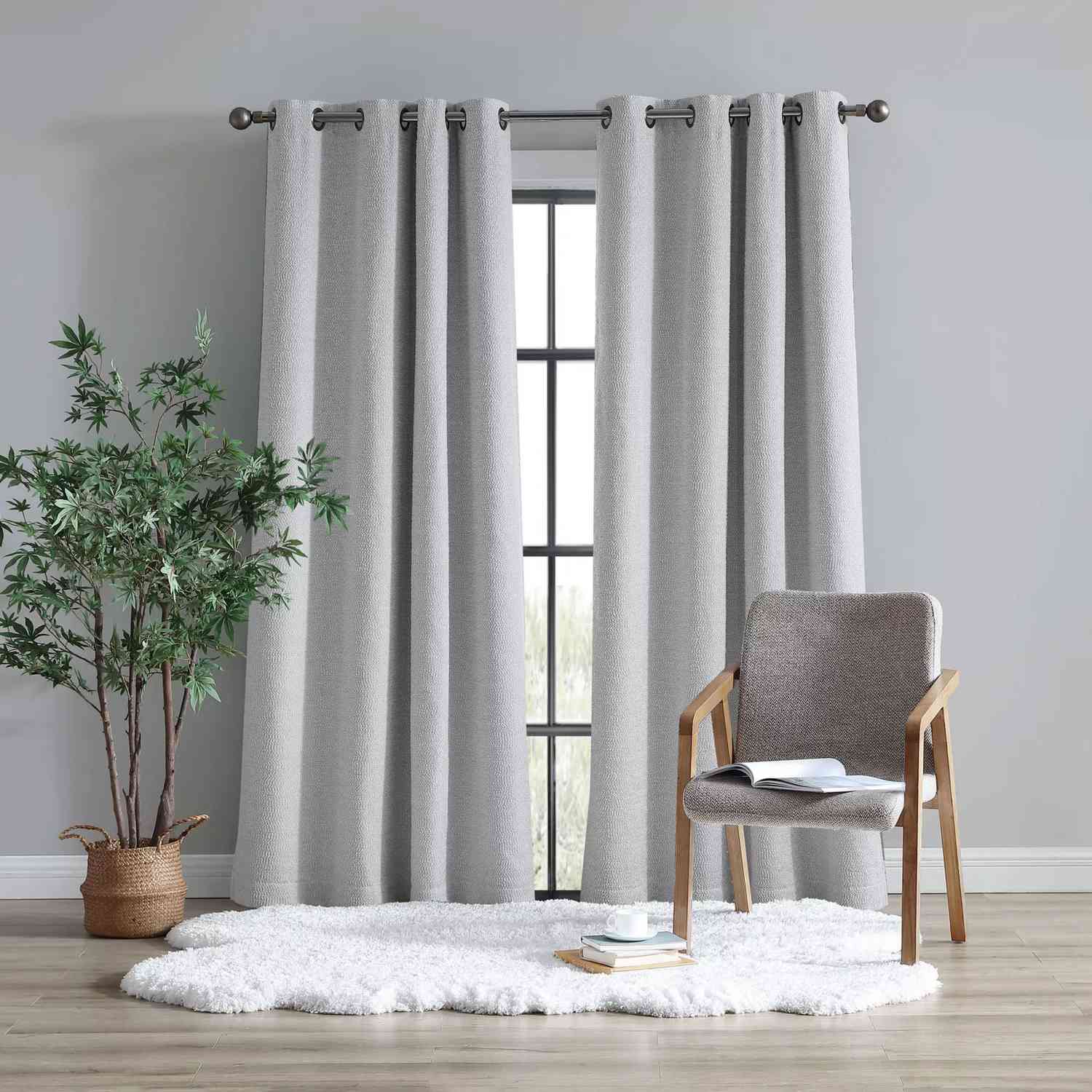
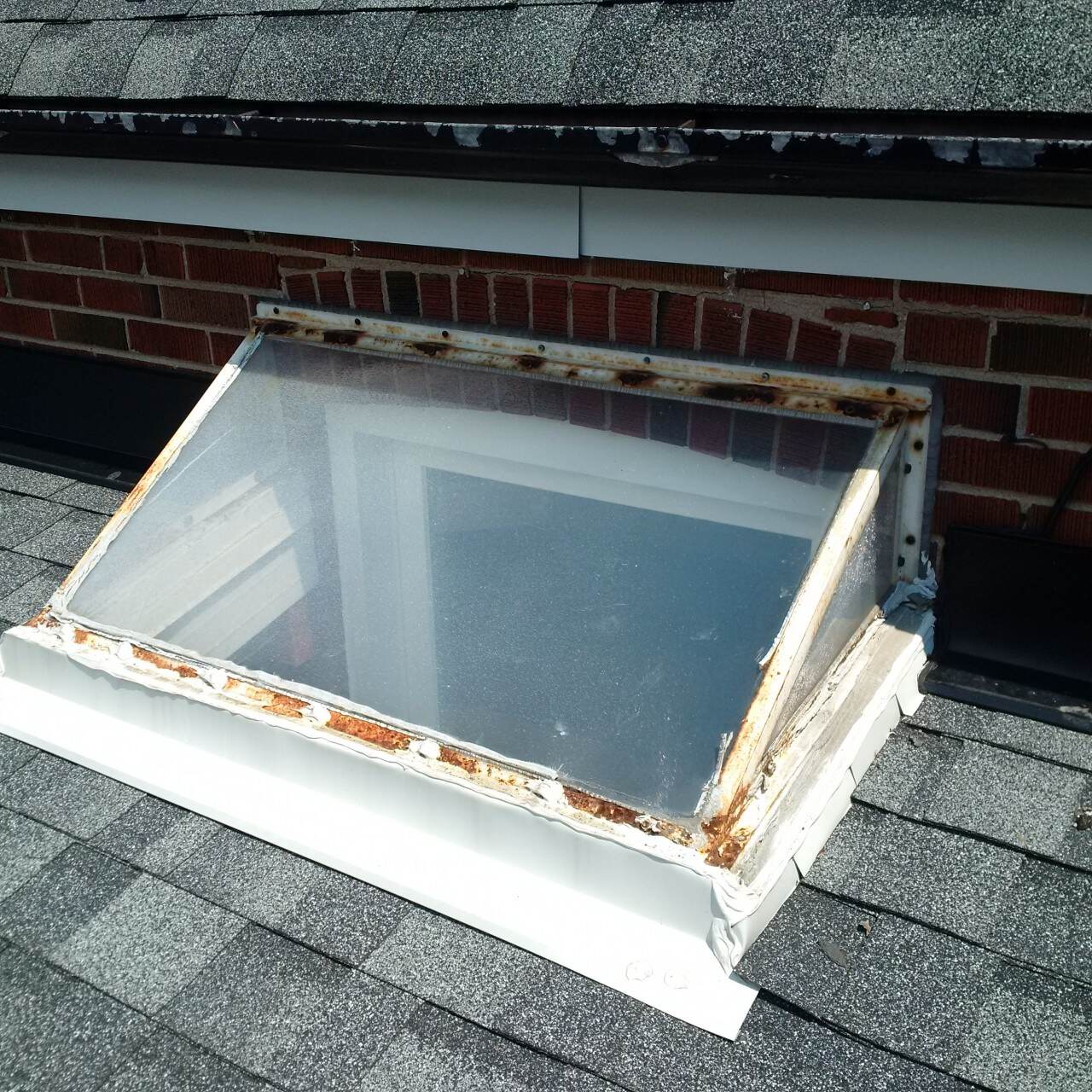
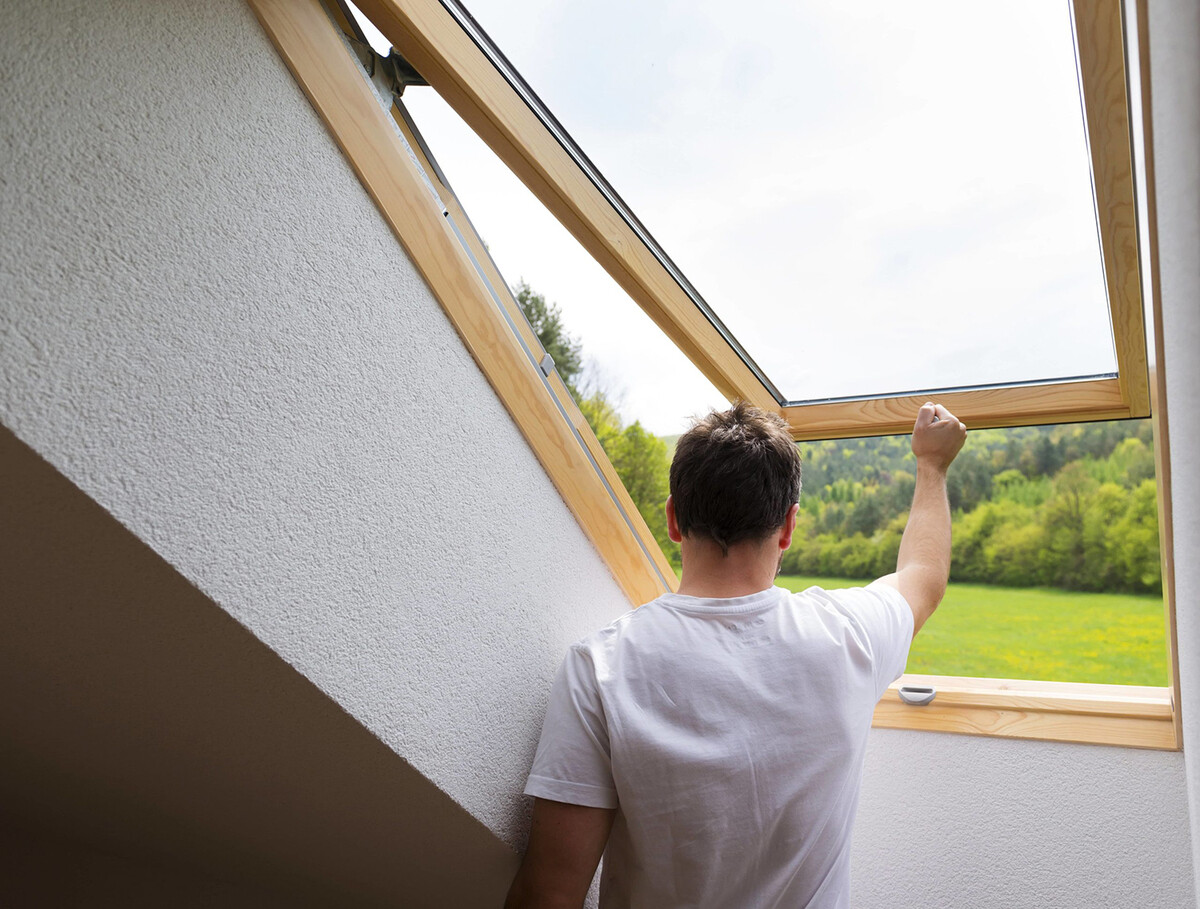
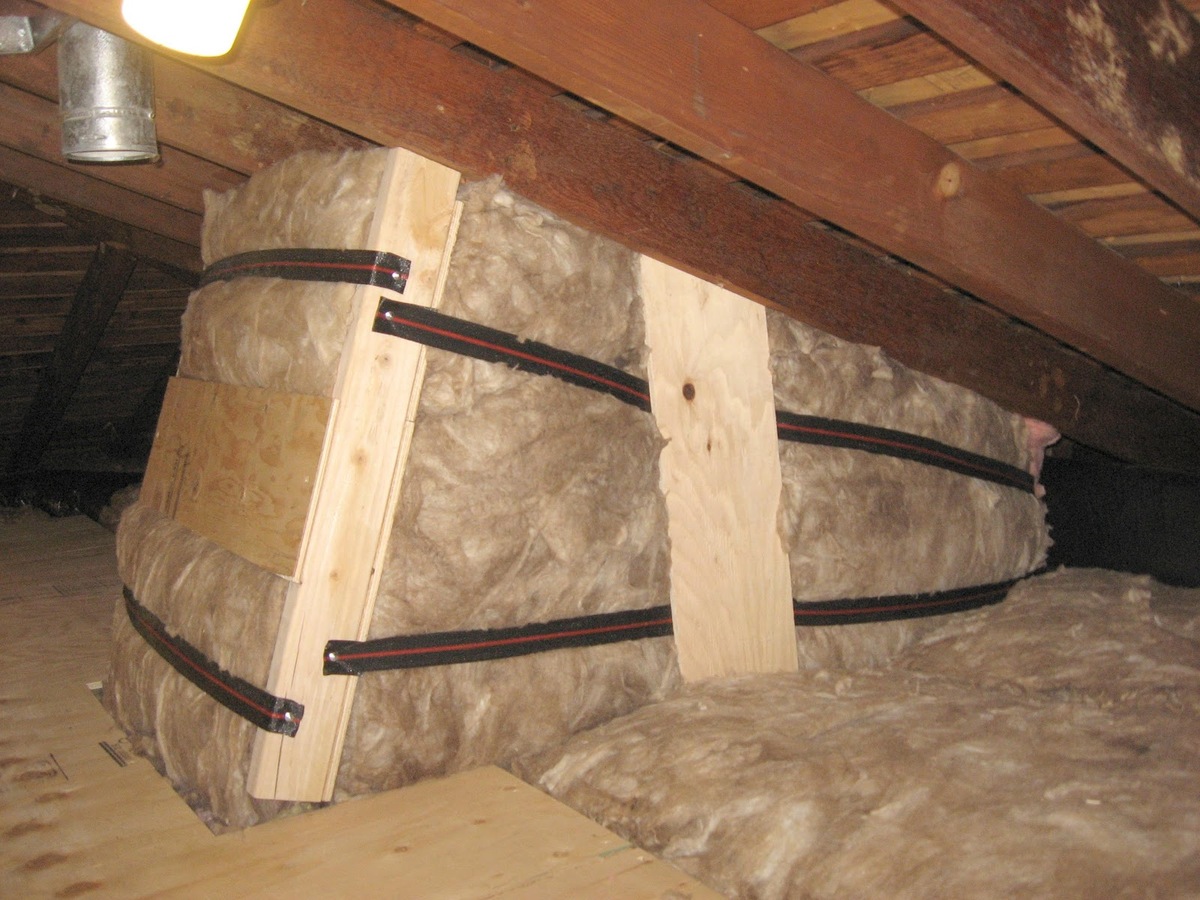
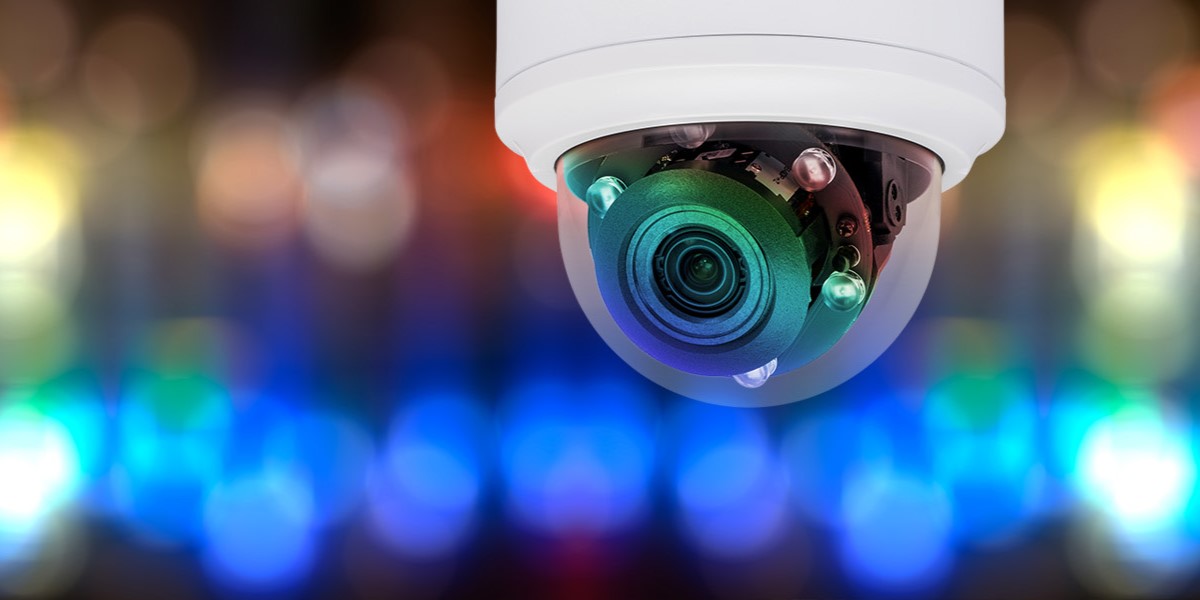
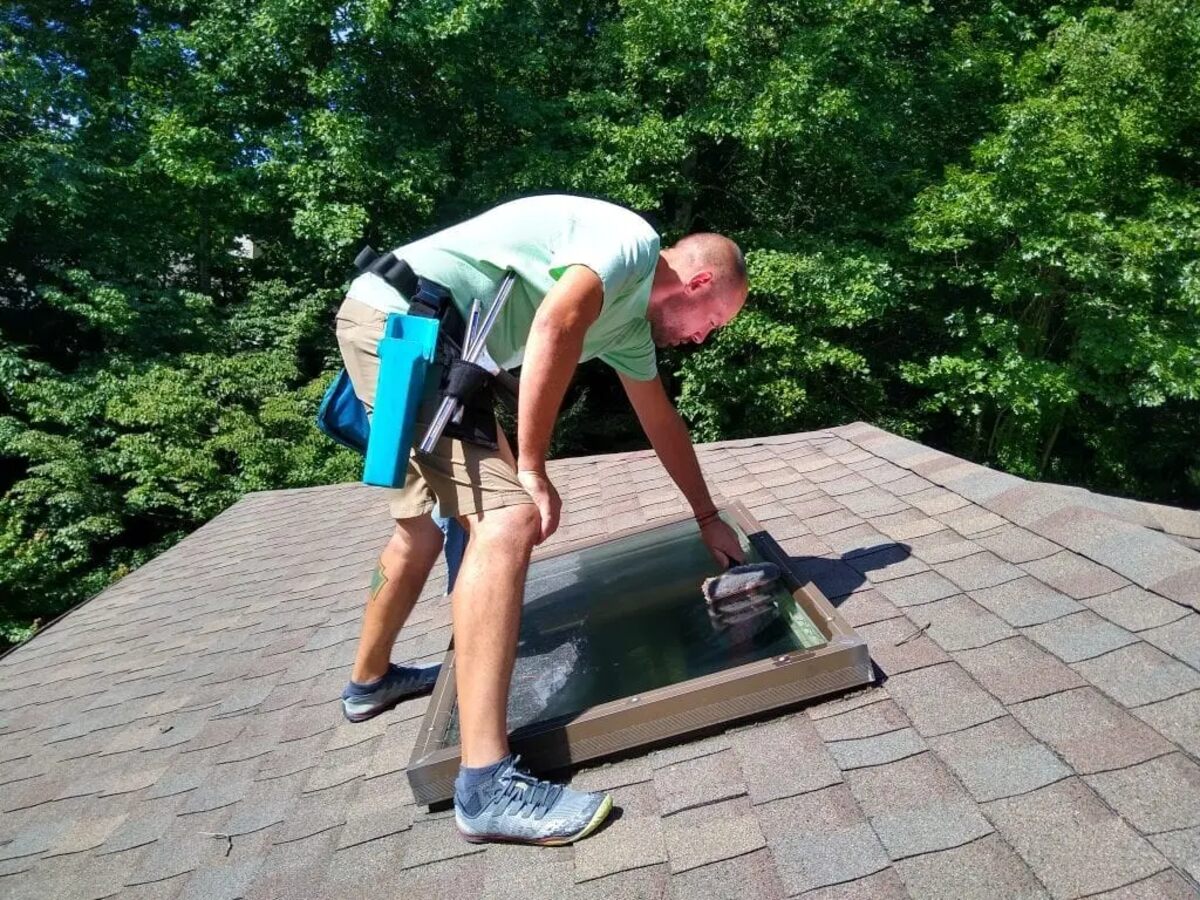
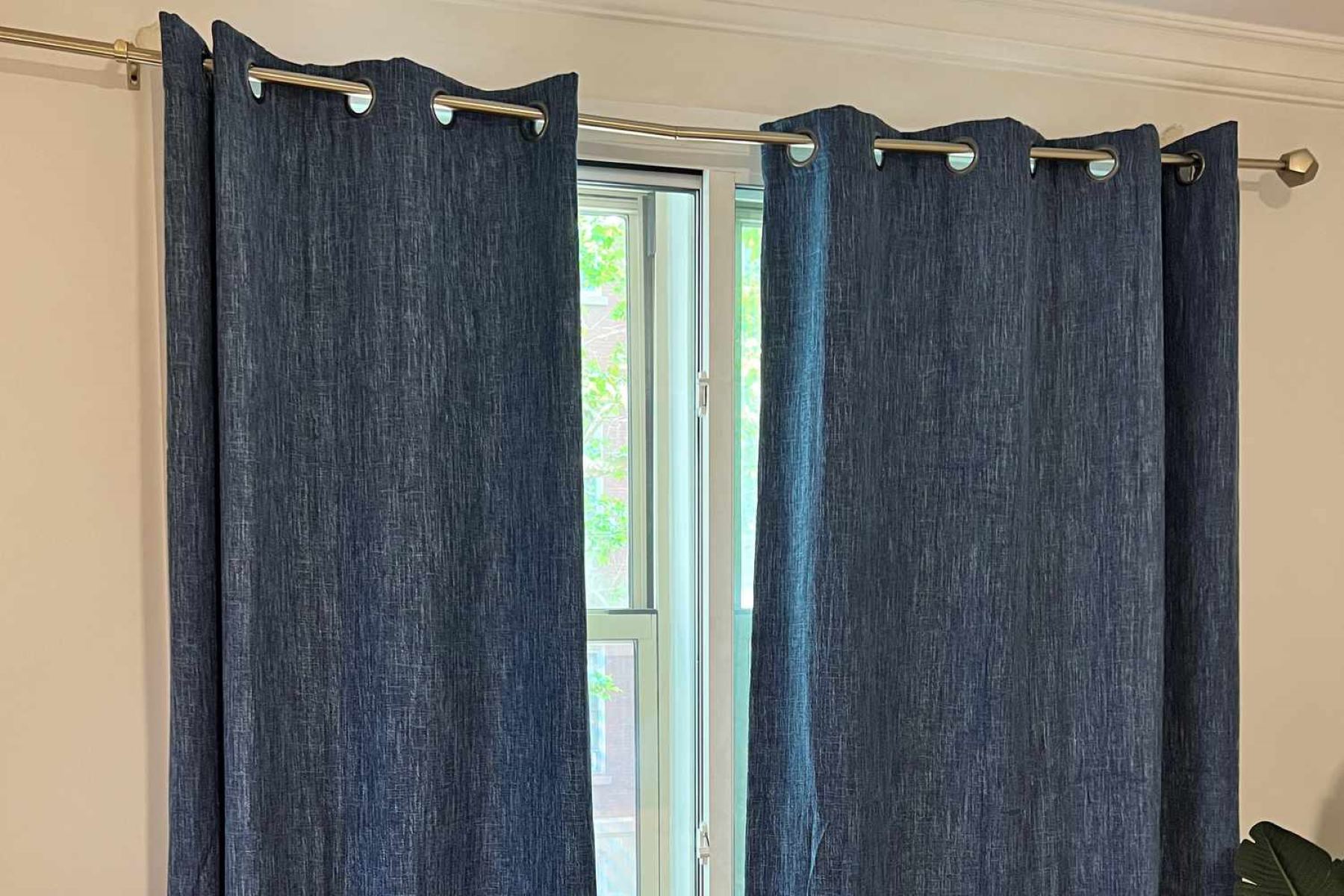

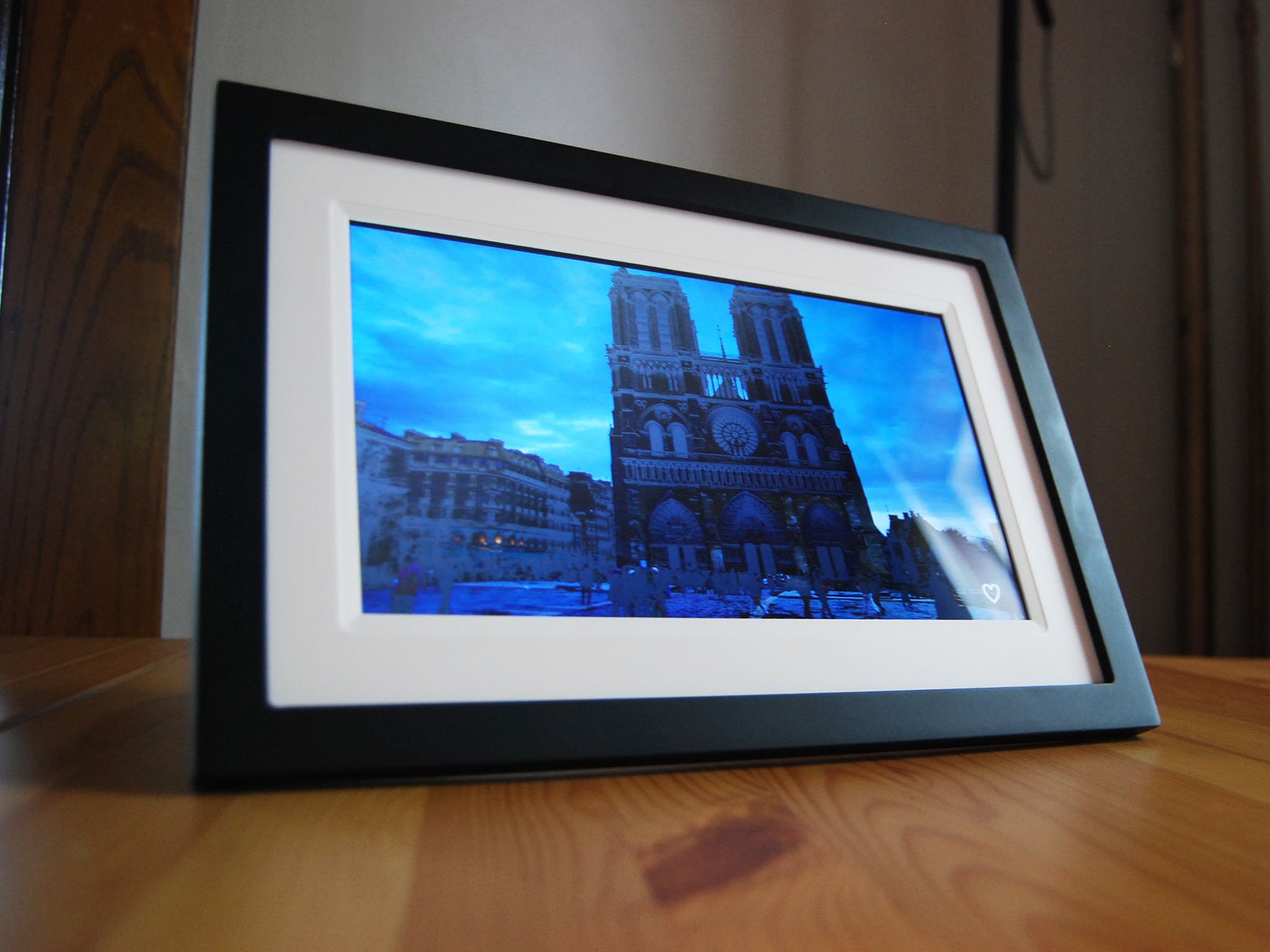
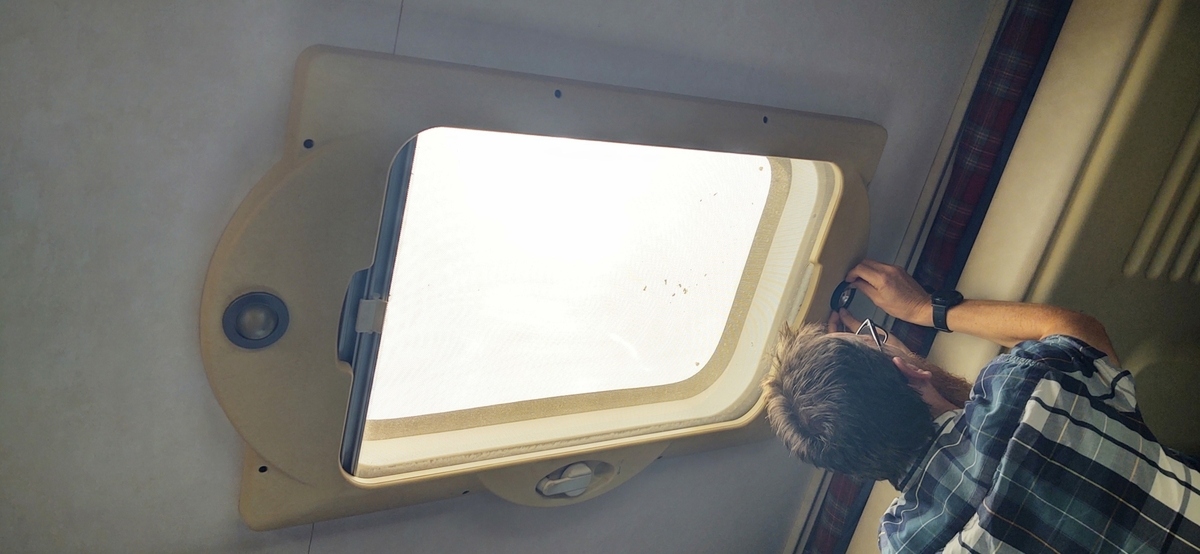
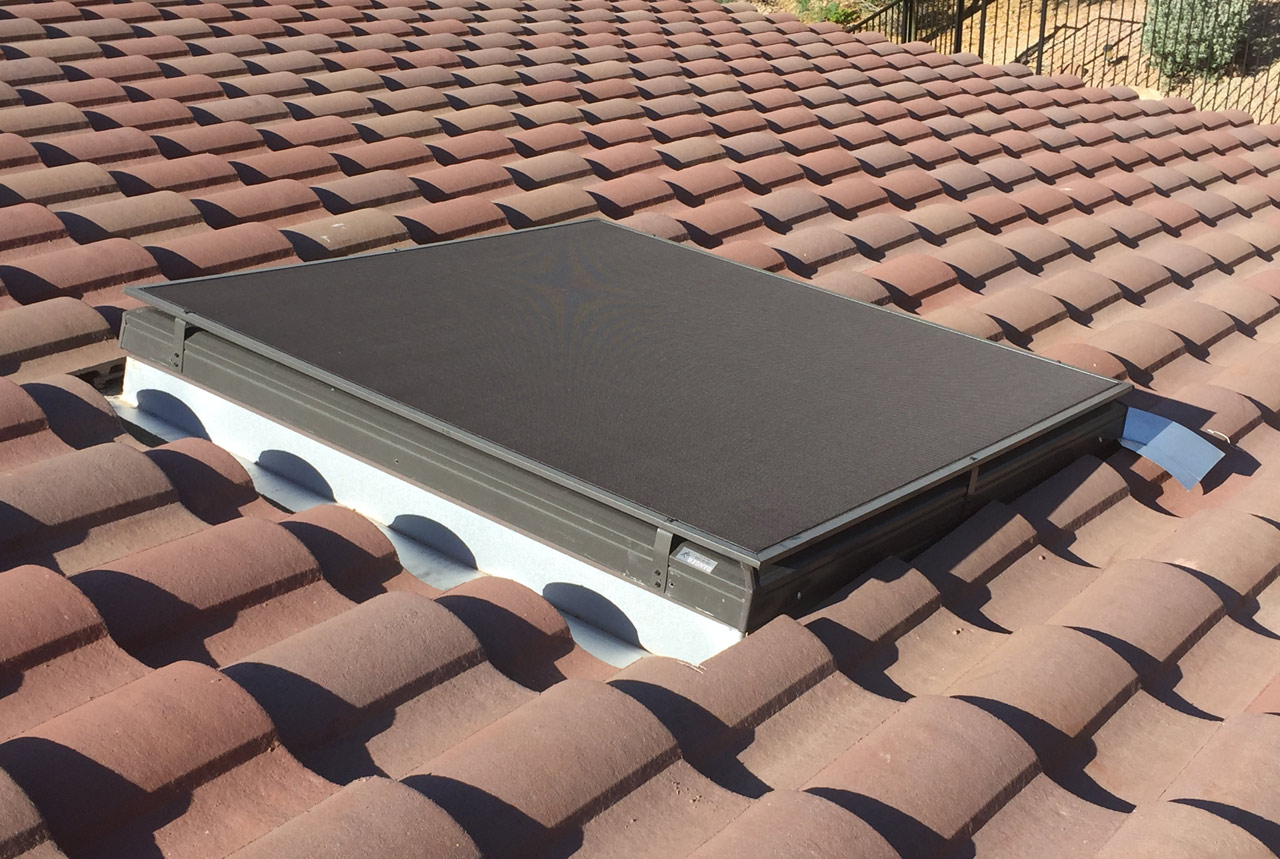
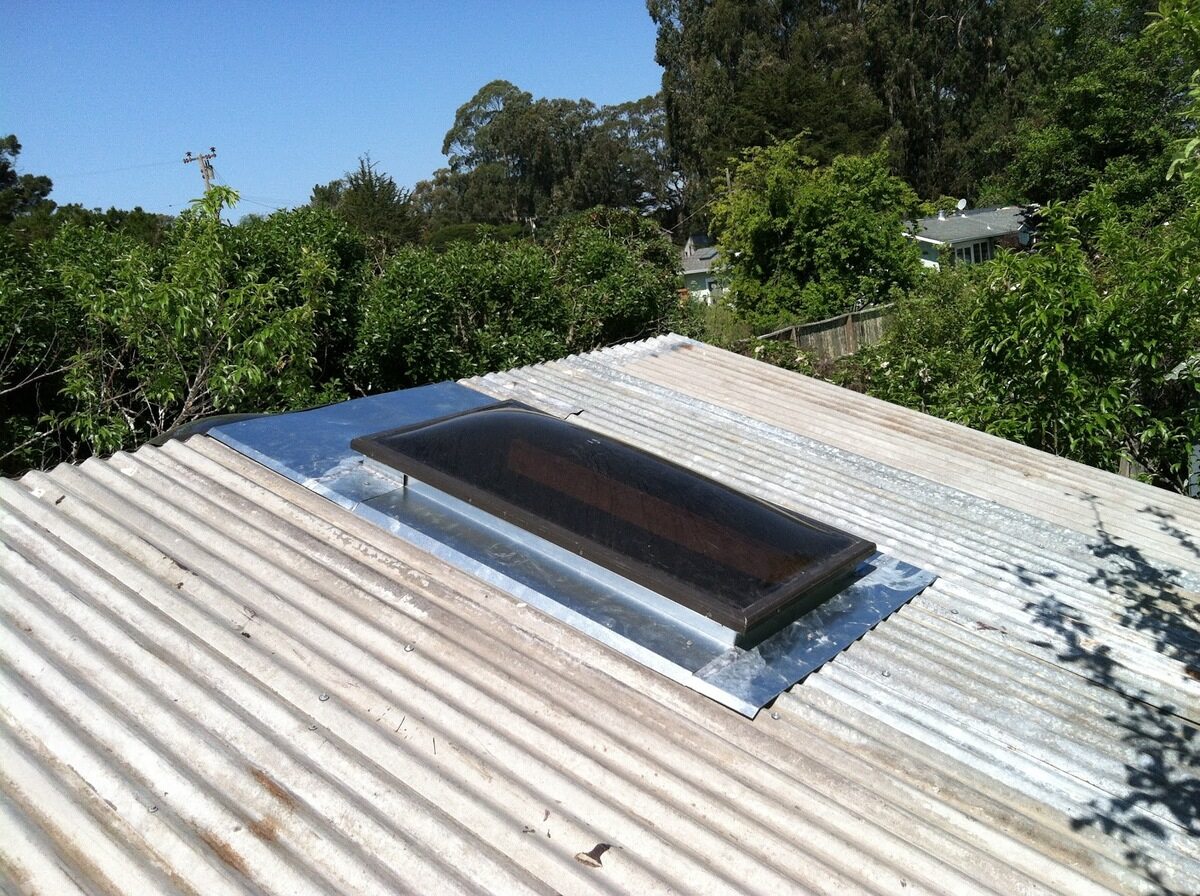
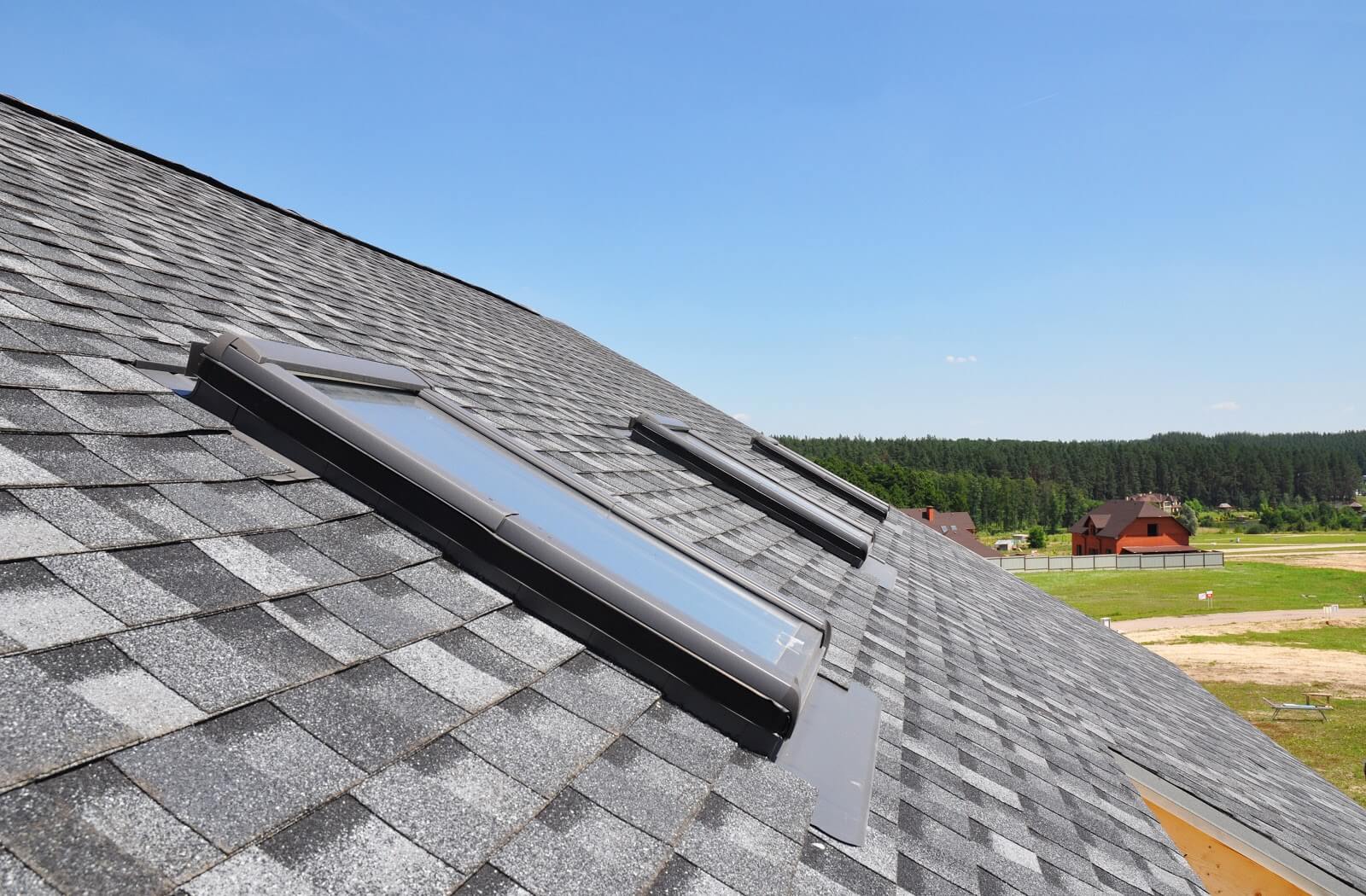

0 thoughts on “How To Block Skylight Light”